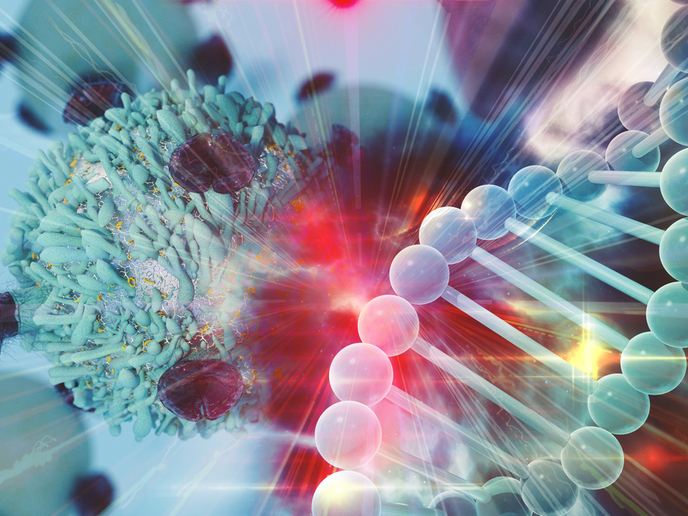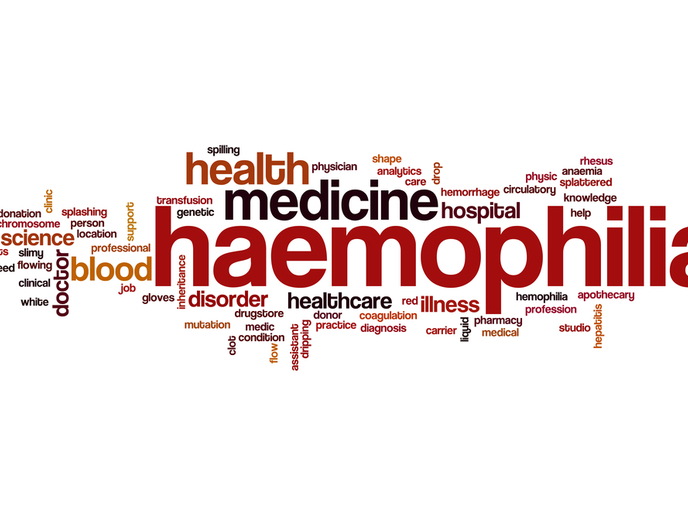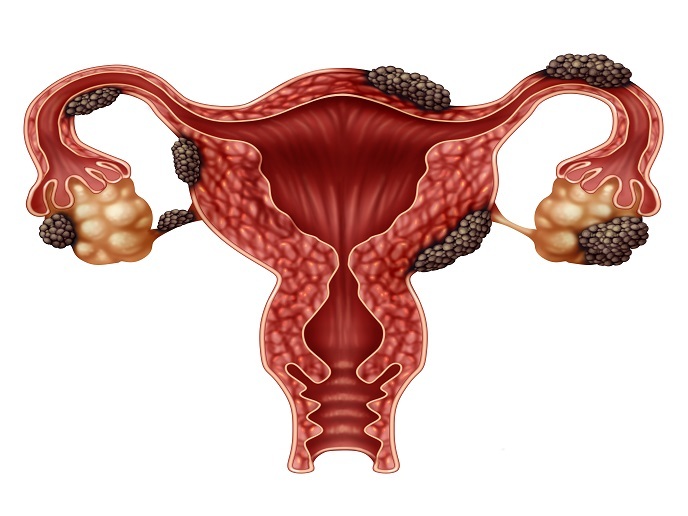A safe, efficient gene therapy trial for Fanconi Anaemia patients
Fanconi Anaemia (FA) is a rare, inherited syndrome characterised by the early development of bone marrow failure and an increased predisposition to cancer. Unfortunately, the only known curative therapy – the transplantation of haematopoietic stem cells (HSC) from healthy donors – comes with a range of complications. Furthermore, given that only a few FA patients have a histocompatible donor, researchers favour treating FA-A patients via the genetic correction of autologous HSC. (FA-A patients are those with mutations in the most commonly affected FANCA gene). “Although promising, the advancement of such treatment has been limited,” says Dr Juan Bueren, a researcher with the EU-funded EuroFancoLen (Phase I/II Gene Therapy Trial of Fanconi anemia patients with a new Orphan Drug consisting of a lentiviral vector carrying the FANCA gene: A Coordinated International Action) project. “This is primarily due to difficulties in collecting sufficient numbers of HSC from the bone marrow of FA patients, but also because of the difficulties of correcting ex vivo the genetic defect of the very fragile FA HSCs.” It was against this backdrop that EuroFancoLen project researchers set out to develop a safe and efficient gene therapy trial for FA patients. A novel approach During the project, over 70 genetic and mutational diagnoses of FA patients were conducted. These diagnoses included whole exome sequencing and, in cases of mutations with unknown clinical significance, additional functional studies. “Our aim was to demonstrate the safety and efficacy of conducting gene therapy with lentiviral vectors – a completely novel approach to treating FA-A patients,” explains Dr Bueren. From these clinical trials, the project first demonstrated the possibility of collecting clinically relevant numbers of CD34+ cells using plerixafor and G-CSF, two HSC mobilising drugs. CD34 is a well-known marker for bone marrow-derived progenitor cells, especially for HSCs. Next, researchers developed an optimised procedure for correcting mobilised peripheral blood CD34+ cells from FA-A patients by transduction with lentiviral vectors. This is a gene therapy method involving the insertion of therapeutic genes that are mutated in a given patient. “Using an optimised transduction procedure for FA HSCs, we demonstrated the repopulating ability and proliferation advantage of corrected HSCs when these cells are transplanted into immunodeficient mice,” says Dr Bueren. Finally, researchers conducted a gene therapy trial for FA-A patients based on the transduction of plerixafor/G-CSF mobilised CD34+ cells with the therapeutic vector. This was followed by an infusion of these cells in non-conditioned patients. A new door opens Despite the absence of conditioning, a progressive engraftment of gene-corrected cells has been observed in most patients. In one patient with the longest follow-up (30 months post-infusion), the proportion of gene-corrected cells in blood and bone marrow surpassed 50 %. In patients with relatively high levels of corrected cells, an evident correction in the behaviour of T-lymphocytes and bone marrow progenitor cells was observed. Researchers also observed a trend of ameliorated bone marrow failure in these patients. Importantly, no evidence of genotoxic insertions was noted in any of the treated patients. “These trials showed the feasibility of engrafting patients with phenotypically-corrected cells – opening the door to the use of gene therapy for FA patients,” adds Dr Bueren. Currently, researchers are working to register a new medicinal product consisting of autologous, genetically-corrected CD34+ cells for FA patients.
Keywords
EuroFancoLen, gene therapy, Fanconi Anaemia (FA), haematopoietic stem cells (HSC)







